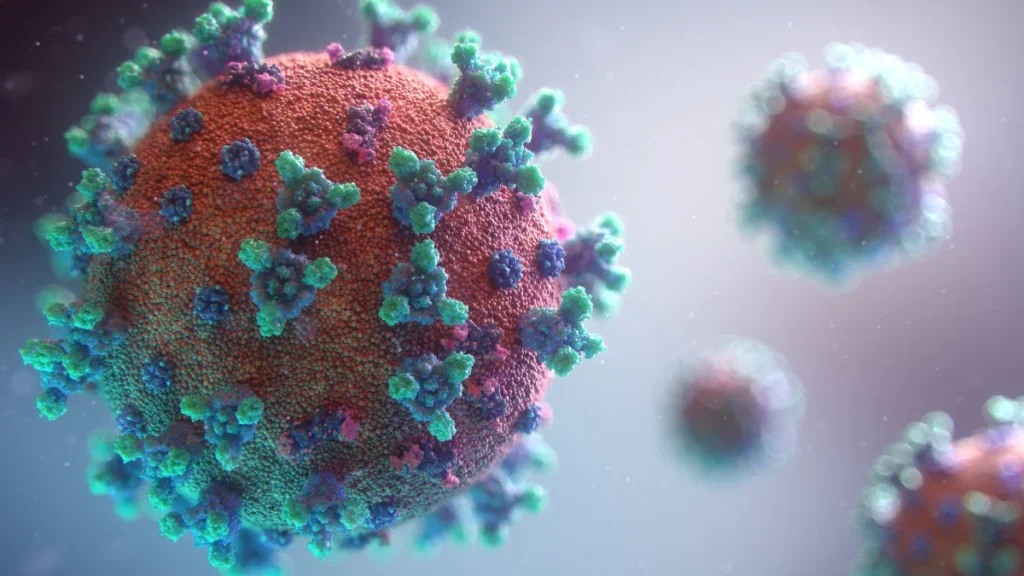
The United States is currently experiencing a significant uptick in norovirus cases, particularly in the Northeast, as reported by the Centers for Disease Control and Prevention (CDC). Recent data indicates that over 12% of norovirus tests were positive in the week ending February 17, marking an increase from the previous week’s 11.5%.
Norovirus, known for its highly contagious nature, leads to severe symptoms such as vomiting and diarrhea. The virus primarily spreads through contaminated food or water, surfaces, or direct contact with an infected individual. Symptoms, including stomach pain, nausea, and fever, typically emerge 12 to 48 hours post-exposure and can last up to three days. While most people recover without medical intervention, certain groups like young children, older adults, and those with underlying health conditions may face severe dehydration requiring medical attention.
The Mayo Clinic highlights that norovirus outbreaks are common in places like hospitals, nursing homes, schools, and cruise ships due to the close and crowded conditions. Despite some individuals showing no symptoms, they can still transmit the virus, making it crucial to adopt preventive measures.
To mitigate the spread of norovirus, health experts recommend thorough handwashing, avoiding contaminated food and water, properly washing fruits and vegetables, cooking seafood thoroughly, and disinfecting contaminated surfaces. Special caution is advised during travel to prevent contracting and spreading the virus.
As norovirus continues to challenge public health, understanding its transmission, symptoms, and prevention is key to curbing its spread and protecting vulnerable populations.




































Leave a Reply